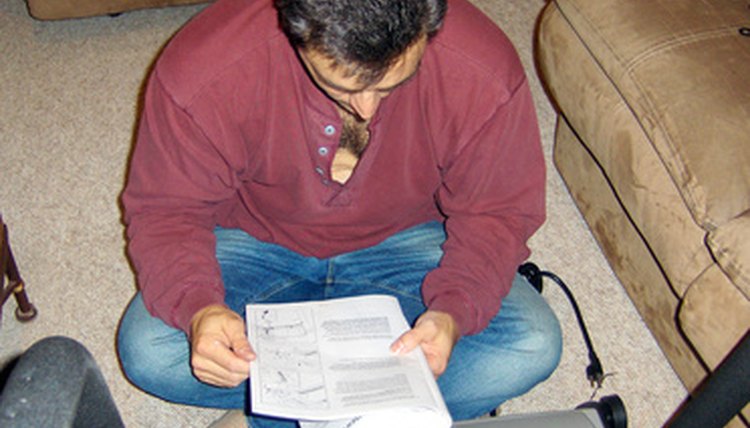How to Lubricate a Manual Treadmill

Keep your manual treadmill lubricated to keep the walking belt running smoothly. This maintenance chore also extends the life of your treadmill's belt, rollers and deck. How often you lubricate the machine varies with each treadmill. The procedure to lubricating the belt is similar for most manual treadmills. Treadmill manufacturers primarily warn against using a petroleum-based lubricant and instead recommend using a silicone lubricant.
Lubricate the treadmill as often as recommended by the manufacturer. Some manufacturers recommend you lubricate the treadmill only before the first use and others advise lubricating the belt after so many hours. If unsure of your manufacturer's recommendations, contact its customer service department.
Use only the lubricant provided by the manufacturer. If none was provided, contact the manufacturer to purchase the lubricant or inquire about where to purchase the lubricant.
Place a towel underneath the treadmill to protect the floor from dripping lubricant.
Wipe the treadmill belt and deck with a clean, dry cloth before applying the lubricant.
Rub the lubricant in an even layer on the underside of the belt just in the middle. Lift up the belt slightly to reach the underside. Some models may come with a wand applicator that you slip underneath the belt to apply the lubricant evenly.
Walk on the treadmill after applying the lubricant to spread it over the entire belt surface.
References
Writer Bio
Sommer Leigh has produced home, garden, family and health content since 1997 for such nationally known publications as "Better Homes and Gardens," "Ladies' Home Journal," "Midwest Living," "Healthy Kids" and "American Baby." Leigh also owns a Web-consulting business and writes for several Internet publications. She has a Bachelor of Science in information technology and Web management from the University of Phoenix.
